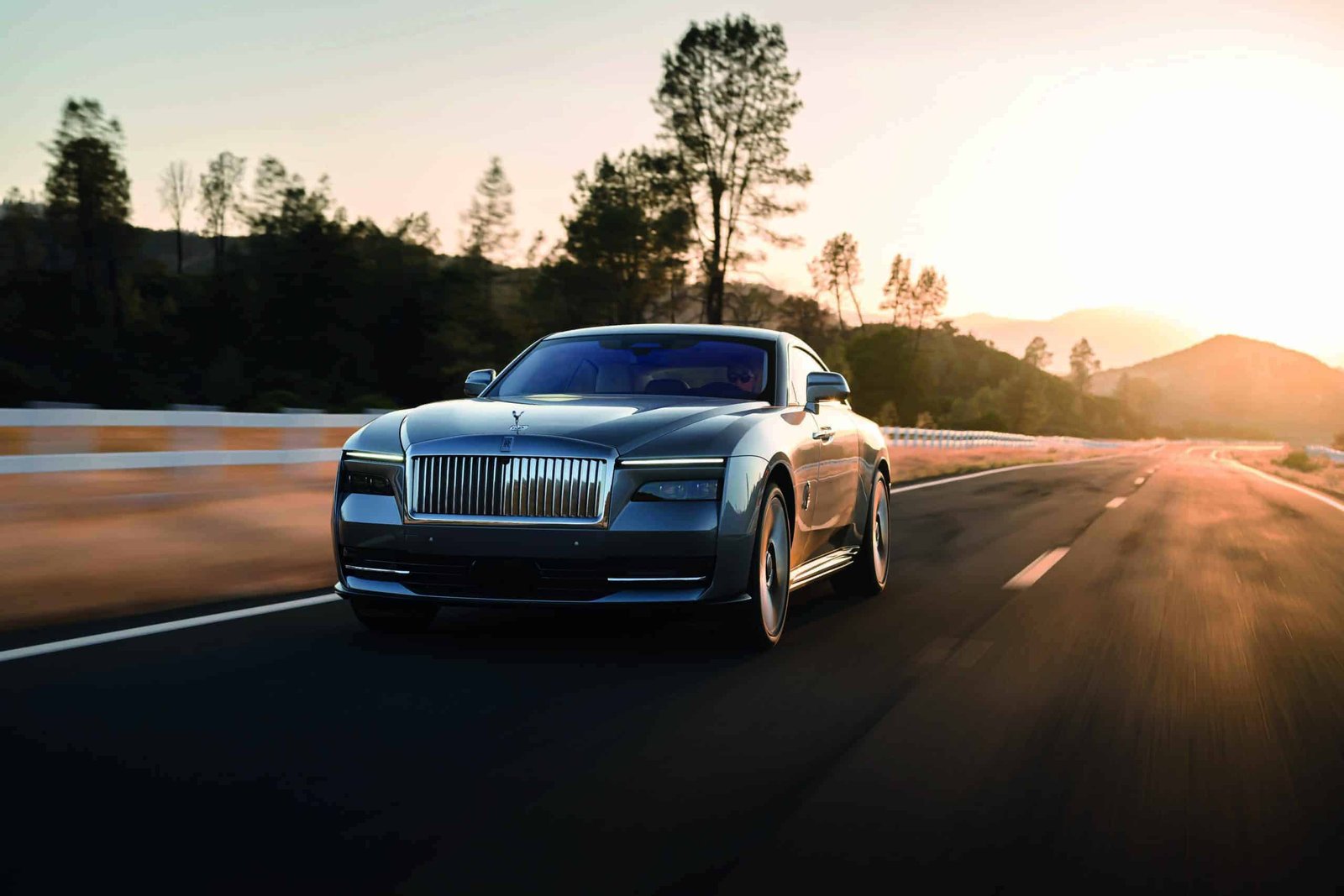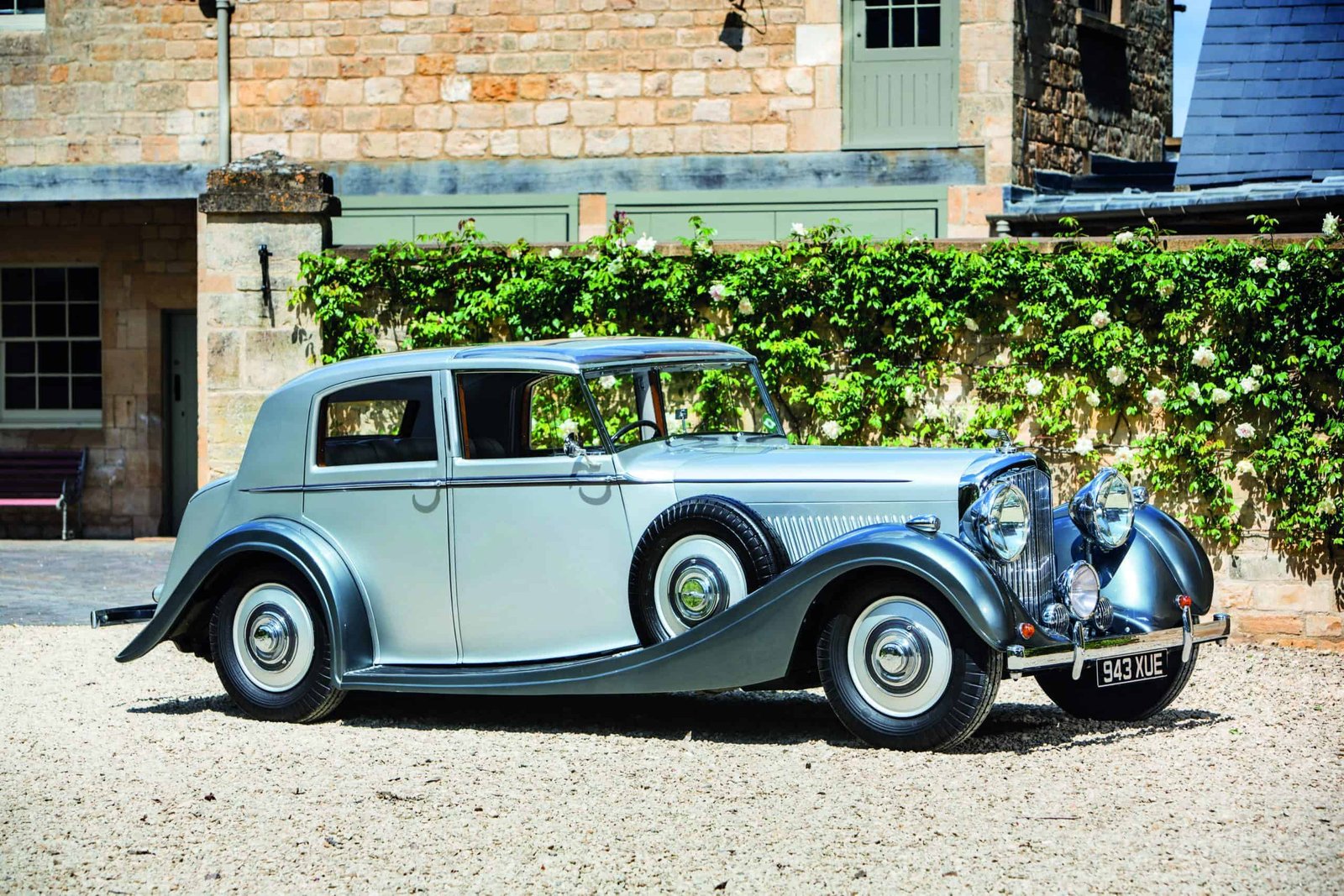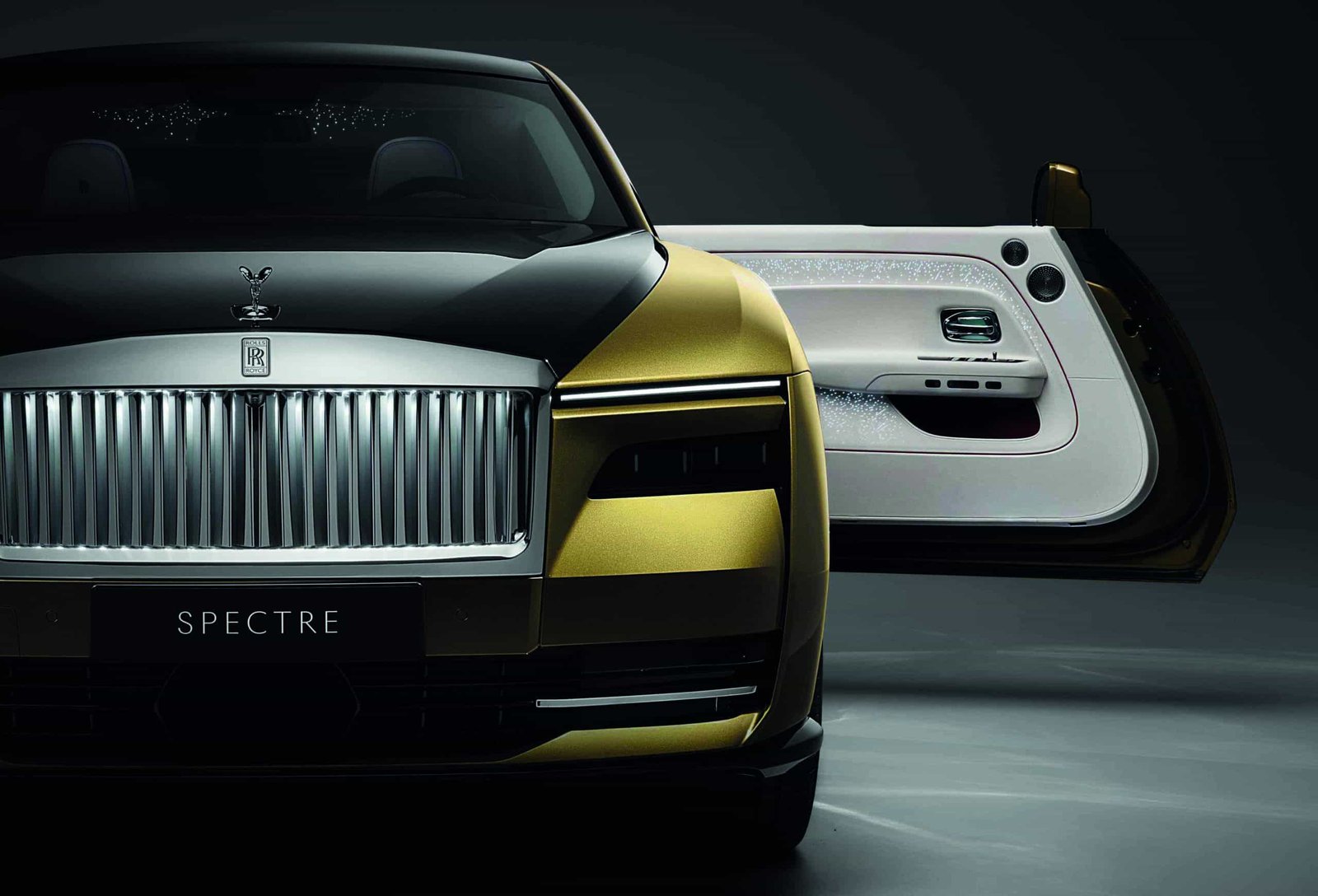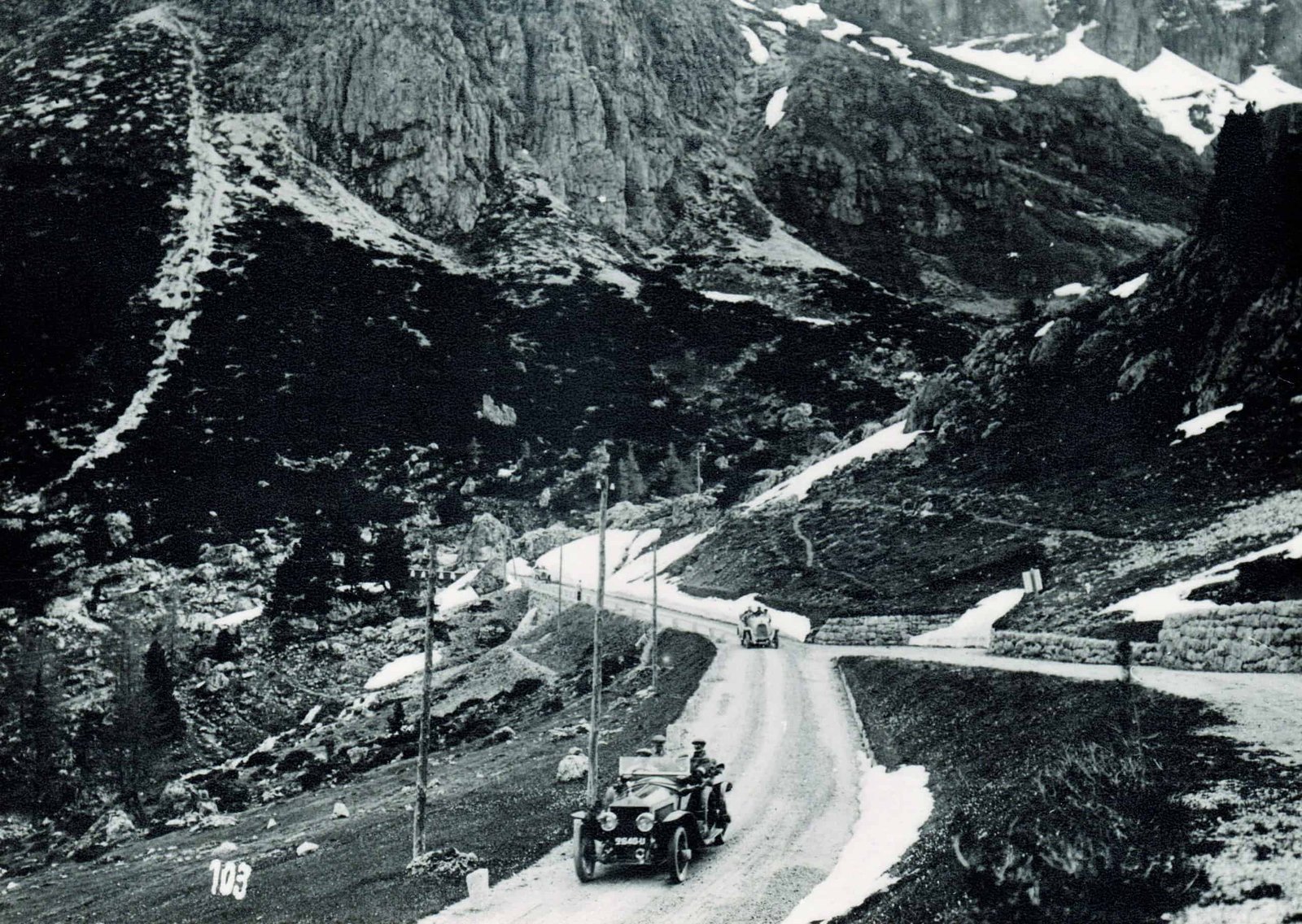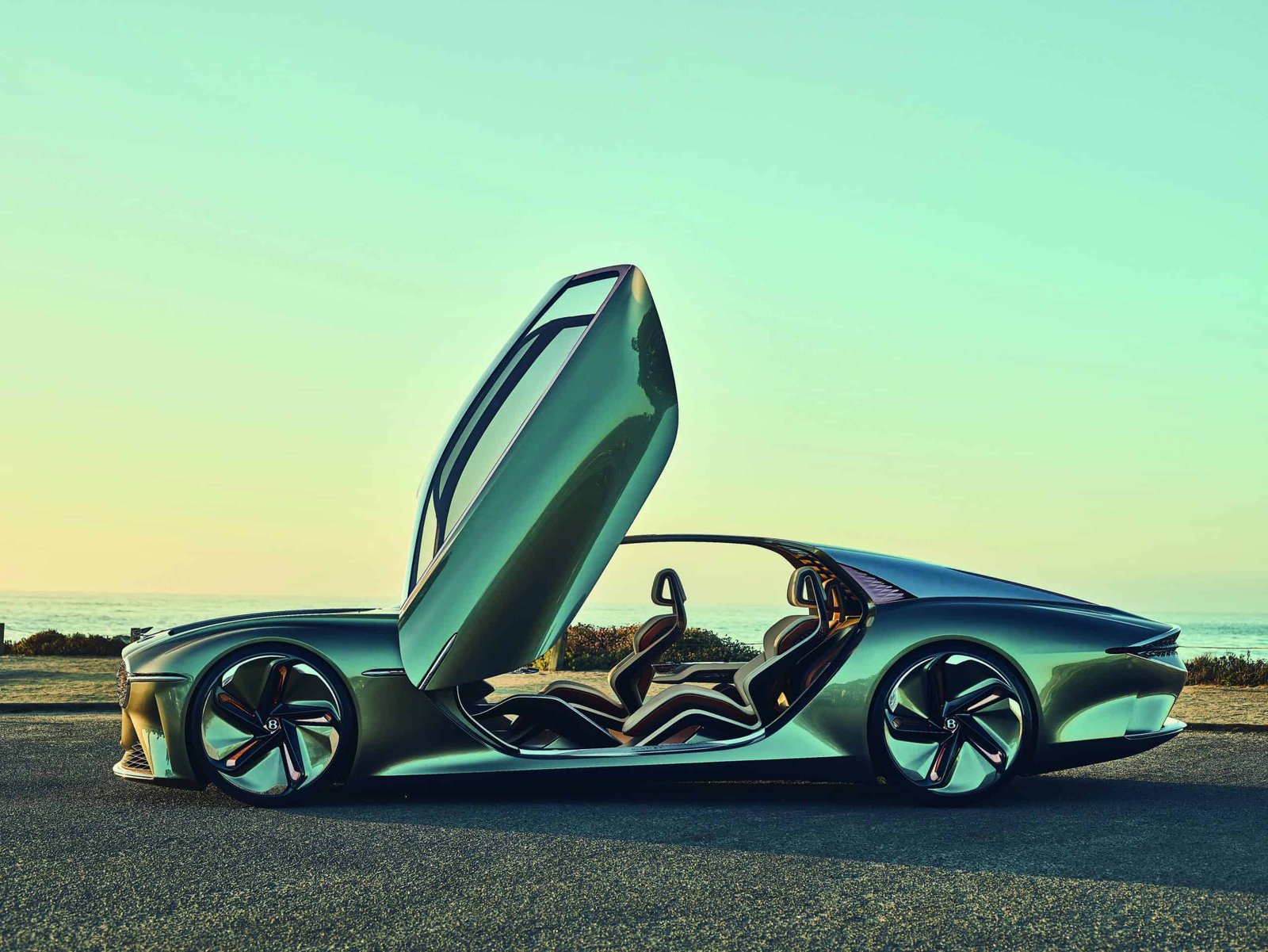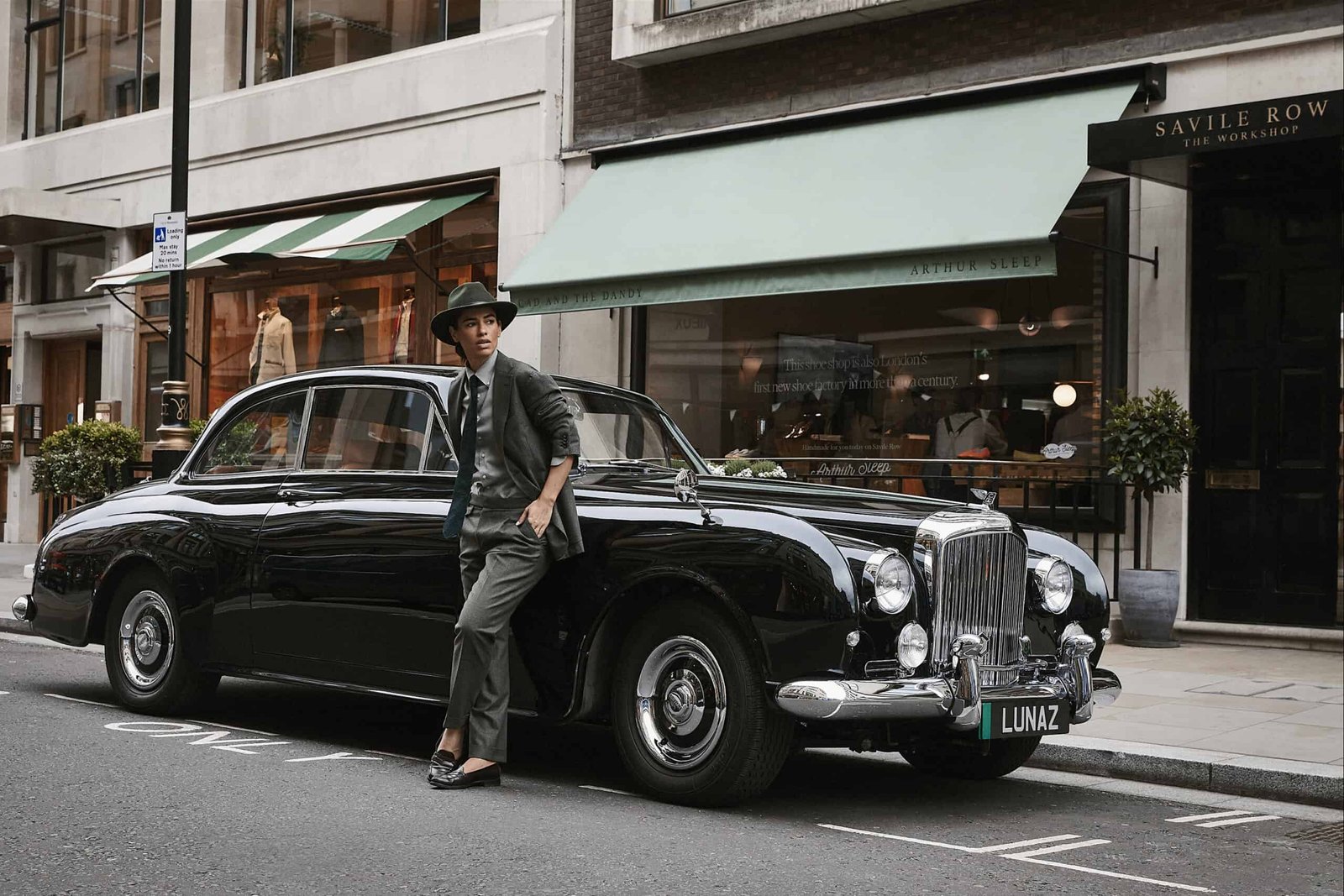Grown in a unique terroir filled with quartz stones, the wines of Château Ducru-Beaucaillou have been wowing critics and wine lovers for three centuries.
They call them both “beautiful stones” or “beau caillou”. These golden pebbles of immaculate quartz were washed into the Gironde estuary at Médoc almost two million years ago. They are not only beautiful but they have a profound effect on the terroir of Château Ducru-Beaucaillou. “These stones were washed into the estuary during the Gunzian glaciation,” says Bruno-Eugène Borie, owner of the Ducru Beaucaillou vineyard. “They enable the vines in this terroir to yield perfectly ripened grapes. The gravel will retain the heat of the day and return it to the plants at night. It’s why our wines regularly receive scores in the high 90s from international critics.”
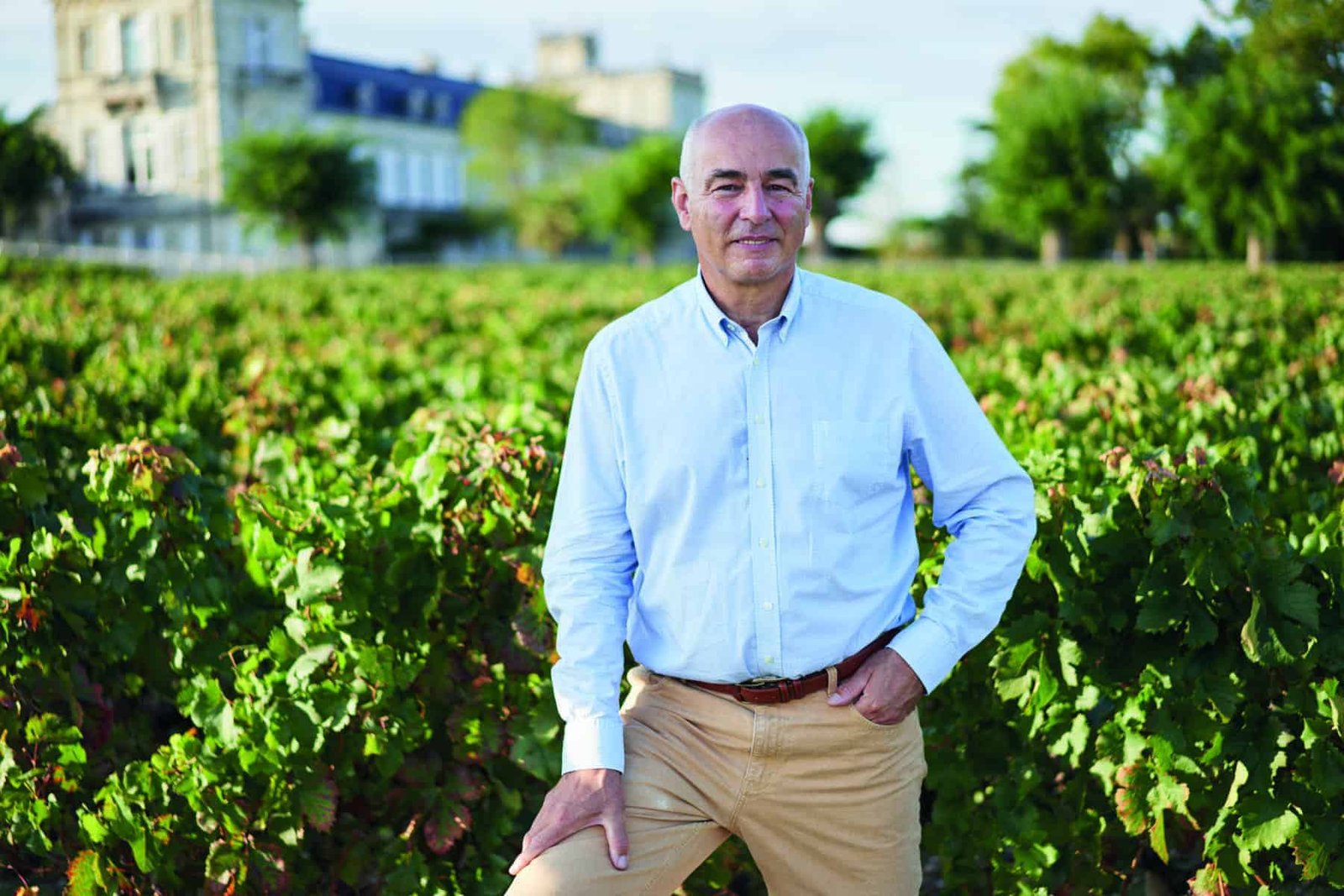
Ducru-Beaucaillou is situated in the heart of the Médoc peninsula, where Cabernet Sauvignon reigns supreme. The estate has belonged to the Borie family for almost 80 years and Bruno-Eugène is the third generation of the family to oversee operations, taking the helm in 2003. Born and raised at the estate, he has been immersed in the landscape of the Médoc and the fascinating culture of wine since birth. “From a young age, my father encouraged me to learn English and to travel,” he says. “This cultivated an openness to the world and to innovation in the world of wine-making.”
It is evident today in the multi-national flags that fly from the château towers, the mix of classic and modern design of the newly renovated château interiors, the international flavours that this staunch epicurean fuses with local dishes, and the growing number of devoted ambassadors that Bruno-Eugène has befriended around the world. “I like to compare the company to a woodcock, a bird that has a 360-degree field of vision so it can see ahead and behind itself,” he says. “That is what we are trying to achieve. We are traditional and innovative at the same time.” In 2019, Bruno-Eugène created a new quality and research-and-development department led by two engineers from the worlds of agronomy and oenology who work with the technical director to continually improve quality. The château produces what many consider the quintessential Saint Julien: the aristocrat of Bordeaux. The wines are elegantly perfumed with a cashmere texture, exquisite freshness, precisely chiselled, succulent, and with endless persistence. The grand vin is the titular Château Ducru-Beaucaillou, a seductive wine that harnesses the poetry and power of its stony soils. La Croix Ducru-Beaucaillou is a powerful and very aromatic brother, while Le Petit Ducru offers a lighter introduction to the grander qualities of its elder siblings.
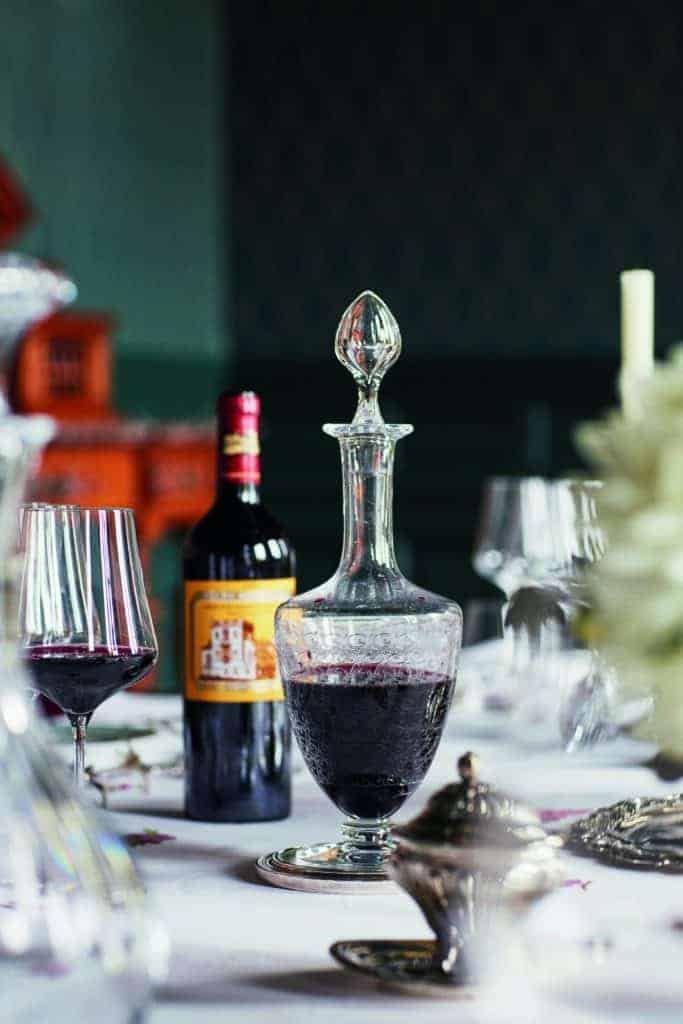

In 2020, Ducru-Beaucaillou celebrated its 300th anniversary. The estate came under the ownership of a servant of the king in 1720, and its wines were exported around Europe. It was acquired by the Ducru family in 1797, who ensured that their wines were used in the French parliament. In 1866, the estate was bought by the Johnstons, a family of Anglo-Scottish merchants whose motto “nunquam non paratus” affirmed that they were “ever ready” in the service of the British crown. In the 1940s, it came under the ownership of the Borie family, who have given the wine an exceptional position on the Bordeaux podium.
Bruno-Eugène has raised the quality of each vintage through an uncompromising quest and visionary approach. “It is our ambition to stay at the top of the podium,” he says, “and do everything that is necessary to stay in that position.”
www.chateau-ducru-beaucaillou.com




